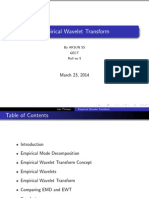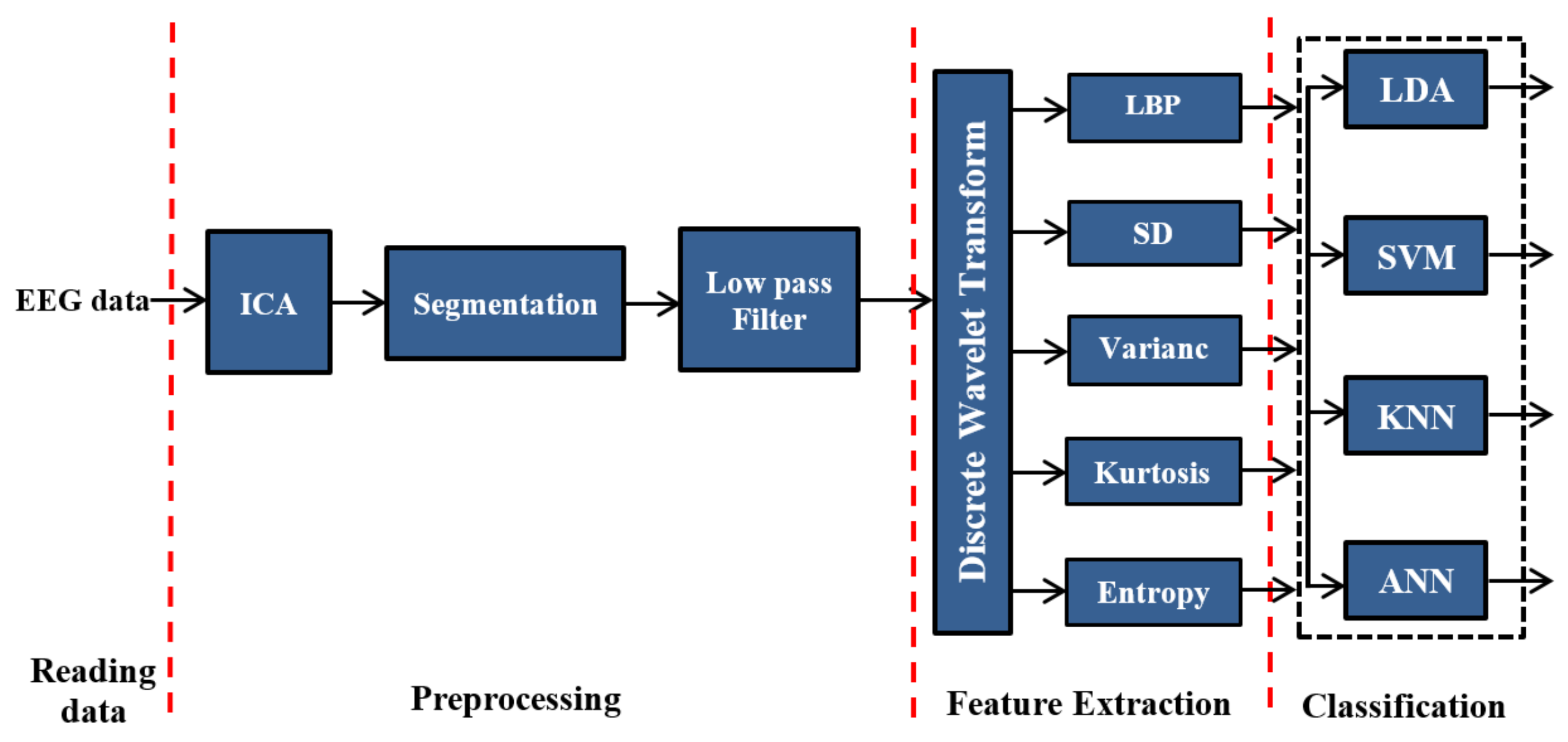Welcome to this introductory tutorial on wavelet transforms. The wavelet transform is a relatively new concept (about 10 years old), but yet there are quite a few. 30 May We basically need Wavelet Transform (WT) to analyze non-stationary signals, i.e. , whose frequency response varies in time. I have written that. The wavelet transform or wavelet analysis is probably the most recent solution to an interesting tutorial aimed at engineers by Robi Polikar from Iowa State.
Wavelet Analysis Pdf
The wavelet transform or wavelet analysis is probably the most recent solution to overcome the shortcomings of the Fourier transform. In wavelet analysis the use of a fully scalable modulated window solves the signal-cutting problem. The window is shifted along the signal and for every position the spectrum is calculated. Then this process. Indeed, use of wavelets and wavelet transforms requires a new point of view and a new method of interpreting representations that we are still learning how to exploit. More recently, work by Donoho, Johnstone, Coifman, and others have added theoretical reasons for why. It covers the main definitions and properties of wavelet transforms, shows connections among the various fields where results have been developed, and focuses on signal processing applications. Its purpose is to present a simple, synthetic view of wavelet theory, with an.

| Author: | Tura Tulrajas |
| Country: | Azerbaijan |
| Language: | English (Spanish) |
| Genre: | Art |
| Published (Last): | 17 June 2010 |
| Pages: | 266 |
| PDF File Size: | 6.3 Mb |
| ePub File Size: | 14.86 Mb |
| ISBN: | 466-8-59277-449-7 |
| Downloads: | 27418 |
| Price: | Free* [*Free Regsitration Required] |
| Uploader: | Meziktilar |

Wavelet Tutorial – Part 1
Here is how this works: Please keep this very important property in mind. If the signal has a high amplitude component of frequency “f”, then that component and the sinusoidal term will coincide, and the product of them will give a relatively large value. The problem with the STFT has something to do with the width of the window function that is used. Probably the best way of understanding this would be looking at an example. That waelet, whatever that signal is measuring, is a function of time.
The Wavelet Tutorial
When we plot tugorial signals, we obtain a time-amplitude representation of the signal. Note that the Fourier transform tells whether a certain frequency component exists or not. For practical purposes it is difficult to make the separation, since there are a lot of practical stationary signals, as well as non-stationary ones. You might be puzzled from the frequency resolution shown in the plot, since it shows good frequency resolution at high frequencies.
Discrete Wavelet Transform Tutorial
This signal is plotted below:.
Often times, the information that cannot polimar readily seen in the time-domain can be seen in the frequency domain. The width of this window must be equal to the segment of the signal where its stationarity is valid. I will correct this soon. This means that if you try to plot the electric current, it will be a sine wave passing through the same point 50 times in 1 second.
A pathological condition can sometimes be diagnosed more easily when the frequency content of the signal is analyzed. Note that x denotes the signal in time domain and the X denotes the signal in frequency domain. The top row shows that at higher frequencies we have more samples corresponding to smaller intervals of time.
If something a mathematical or physical variable, would be the technically correct term changes rapidly, we say that it is of high frequency, where as if this variable does not change rapidly, i. If you need further information please send me an e-mail.
Equation 1 is called the Fourier transform of x tand equation 2 is called the inverse Fourier transform of X fwhich is x t.


The Wavelet Tutorial
Of course if you are not interested in at what times these frequency components occurtutirial only interested in what frequency components exist, then FT can be a suitable tool to use. Note the four spectral components corresponding to the frequencies 10, 25, 50 and Hz.
The top plot illustrates this point.
For this purpose, a window function “w” is chosen. That is, high scales correspond to low frequencies, and low scales correspond to high frequencies. Intuitively, tutrial all know that the frequency is something to do with the change in rate of something. The bottom one plots only the first half of the top one.
Therefore, FT is not a suitable technique for non-stationary signal, with one exception: The reason of the noise like thing in between peaks show that, those frequencies also exist in the signal.
The Wavelet Tutorial Pdf
When I first started working on wavelet transforms I have struggled for many hours and days to figure out what was going on in this mysterious world of wavelet transforms, due to the lack of introductory level text s in this subject. It is too wide of a subject to discuss in this tutorial. This, obviously tells us that we can not use the FT for non-stationary signals.
In these cases it may be very beneficial to know the time intervals these particular spectral components occur. We basically need Wavelet Transform WT to analyze non-stationary signals, i.
If the integration result is a small value, than this means that the signal does tutogial have a major frequency component of f in it. This procedure is repeated, every time some portion of the signal corresponding to some frequencies being removed from the signal. For those of you who have been using the Fourier transform are already familiar with this.

Related Articles (10)
